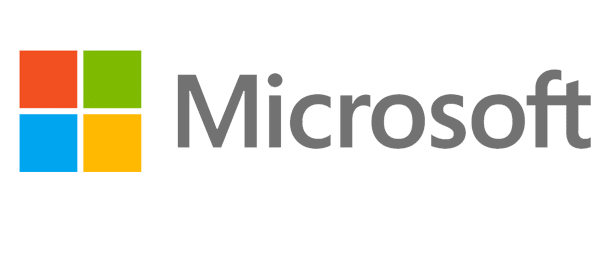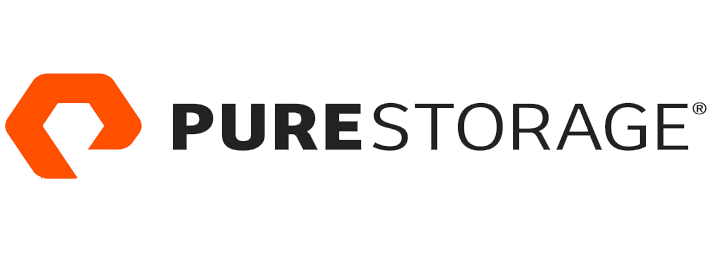Why Healthcare VDI Deployments are Gaining Momentum
With the challenge of providing on-demand, anywhere access while also maintaining rigorous HIPAA compliant security standards, healthcare IT infrastructure is notoriously delicate. Patients and clinicians alike demand that hospitals and care facilities incorporate the latest in mobile and digital technology. How can a hospital offer state-of-the-art healthcare if its wireless network can’t keep up? To patients and visitors, a smoothly humming IT environment is a reassuring sign of basic competency and professionalism. To doctors and staff, it is a requirement to do their job efficiently.

Advances in VDI technology over the past couple years have made it an appealing new answer to the problems facing healthcare IT teams. Virtual workspaces can provide that unique mix of all-the-time access and tighter security, all while lowering hardware and infrastructure costs. The results? Greater efficiency and convenience for clinicians and better, quality care for patients. Here are five reasons VDI is taking the healthcare industry by storm:
Ultimate mobility
Today, anywhere, anytime access to data is a basic foundational need for healthcare organizations. Clinicians are never static. The nature of their work requires constant movement, as they progress from patient to patient. In a non-VDI environment, as physicians change locations, they must spend several minutes (an eternity in the healthcare field) logging in and out of computers and applications. Multiplied over and over by the number of patients a physician sees, that loss of time is significant, leading to decreased efficiency, less time with patients, and an irritating user experience for the clinician.
How can VDI help? By centralizing data and access controls, the login process is streamlined and sped up. We are talking login times in the seconds, not minutes. No more waiting around for the computer—just to get to the point where a staff member can interact with the patient. A VDI environment also offers remote access, giving users the ultimate flexibility. As a surprising side benefit, many hospitals implementing VDI have also found that it offers a secure, user-friendly BYOD solution. Doctors and other staff can access their personal desktop environment from any approved device. More mobility. More flexibility. Streamlined access.
Better Patient Care
Since healthcare organizations began implementing EHRs, login times have been a major headache for clinicians. In a non-VDI environment, a clinician might spend an average of 10 minutes logging in to all of the applications just to access EHRs and patient information. And they must repeat this process. IN. EVERY. ROOM. The accumulated loss of face-to-face patient time is staggering.
VDI delivers a better way. By virtualizing the desktop environment, the login process gets shorter and significantly faster. In a world where clinicians are already severely limited in the time they can devote to each patient, a gain of even a couple minutes would be a major win. In many case studies we have seen, VDI gets your login times down under a minute. It is hard to overstate the difference it makes when clinicians can seamlessly and securely access data and EHRs. They can focus their energy, attention, and time where it should be: on the patient.
Protection against cyber-security threats
While the gains in time and efficiency are huge benefits, perhaps the single most important advantage of a VDI environment is the increased security it can offer against cyberattacks. As the healthcare industry migrates to digital technology, providers are reporting an increase in data breaches. According to a 2017 study in JAMA Internal Medicine, 1,800 large data breaches occurred in the past seven years. This not only means that patient information is at risk, but a breach typically results in millions of dollars of unanticipated spending.
In a non-VDI environment, every desktop or device is a potential entry point for attack and is therefore at risk. For an IT team, this means thousands of PCs, laptops, and devices to constantly monitor, update, and backup. Since VDI solutions use a centralized data center, IT teams have much better control over sensitive information. VDI allows for enterprise data-store, consistent monitoring, back-up and automation. With VDI, the device is only used to access and display the desktop environment. Since no data is stored, it is more secure. While VDI cannot completely eliminate risk, it does significantly reduce it by reducing the number of potential entry points. This is ideal for healthcare organizations that opt for a BYOD environment. Security breaches resulting from a stolen device simply cannot happen. Sensitive data will not be on that device and is protected by standard endpoint security protocols.
Improved efficiency and decreased costs
Like most virtual IT solutions, VDI also offers significant cost savings and increased efficiency for your IT team. A centralized data center means that a new hospital does not need to spend excessive amounts on laptops or computers with a large amount of storage. In many cases, hospitals can shift to cheaper devices such as tablets and smartphones. They are inexpensive to purchase and also economical to run (less electricity needed). With VDI, you’re saving not only with decreased capital costs but also in labor. If you have a zero-client device, you do not need to increase your IT manpower even as you deploy new devices. In a non-VDI environment, a roll-out of thousands of PCs would require constant IT labor to implement, monitor, and maintain the system. With a virtual solution, you can expand or contract, adding or decreasing devices as necessary, with little additional labor input. What’s more, updates are a breeze!
Ensuring Compliance
Unique to the healthcare IT landscape is the constant requirement for HIPAA compliance. IT teams must balance the dueling needs for both instantaneous access to patient information and patient privacy and protection. VDI also offers solutions to this challenge. With VDI, you’ve already eliminated typical security glitches by removing all data from endpoint devices. With customizable features such as badge activated logins, clinicians can easily swipe to login and logout—a helpful feature for a doctor running out of a room for an emergency. When the doctor logins again in a different clinical area, their desktop will be just as they left it.
When combined with added security measures such as two-factor authentication (2FA) and full-disk encryption on both the server and backup storage side, VDI can provide a fully HIPAA-compliant remote solution.
VDI has opened up a whole new world of solutions and opportunities for healthcare organizations—solving many of the problems that have plagued IT teams for years. However, it is not without its risks. Organizations looking to implement VDI must make sure that the end user experience is smooth and seamless, a particular challenge in WAN and high latency environments. If a workflow is not user friendly (too slow, glitch), the entire system becomes counterproductive. If an organization’s users incorporate a large amount of performance rich media—audio, video, and high-res graphics—in their typical workload, this can slow down the system. The key is to work with IT partners familiar with the unique character of healthcare environments to help ensure the resulting VDI solution is up to the task. Reach out to Comport to ensure your VDI implementation goes smoothly and creates the security and efficiency you are looking for.
Bill Flatley, Field CTO for Healthcare
Bill is responsible for technical strategies and recommendations for Comport’s Healthcare clients. His extensive experience includes four healthcare systems in leadership roles supporting Clinical Applications, Digital Health, and Office of the CIO as the primary liaison between IT and the business.




























